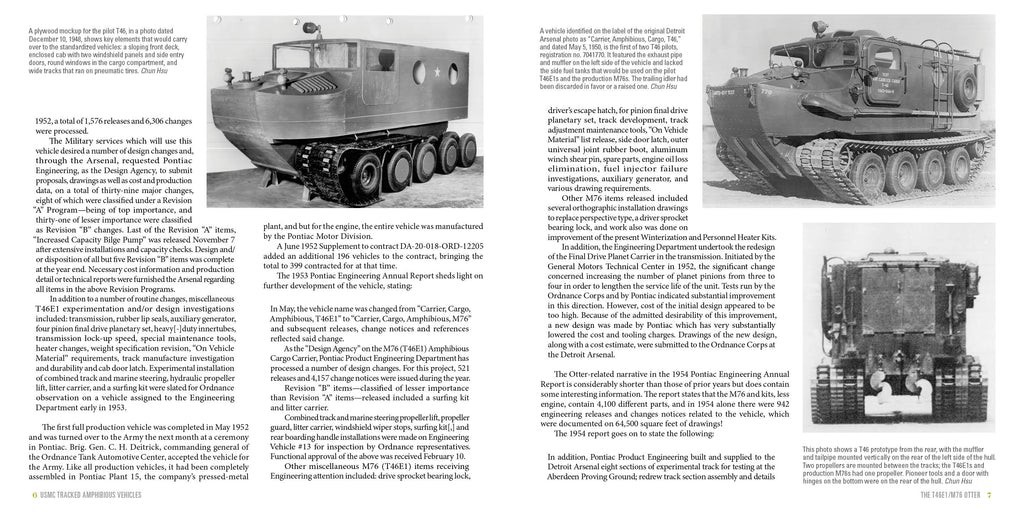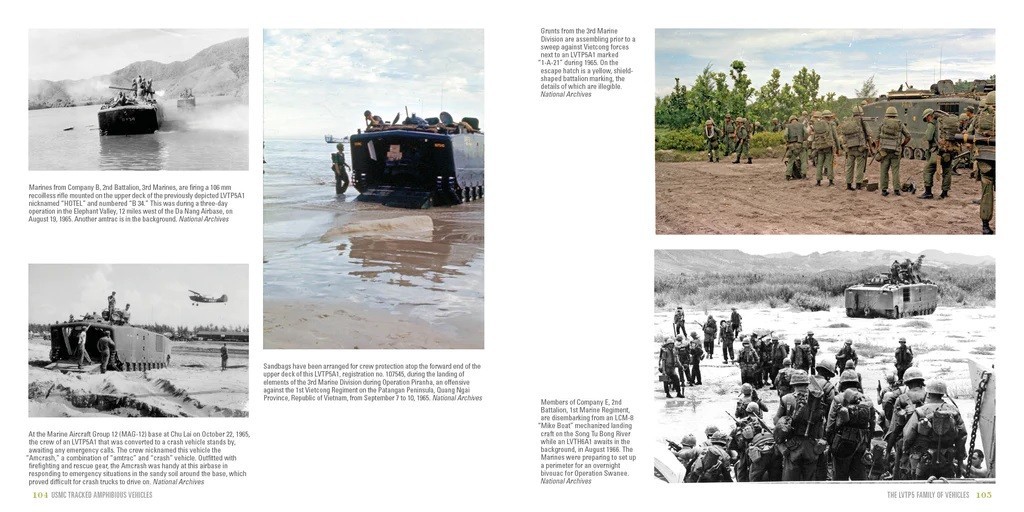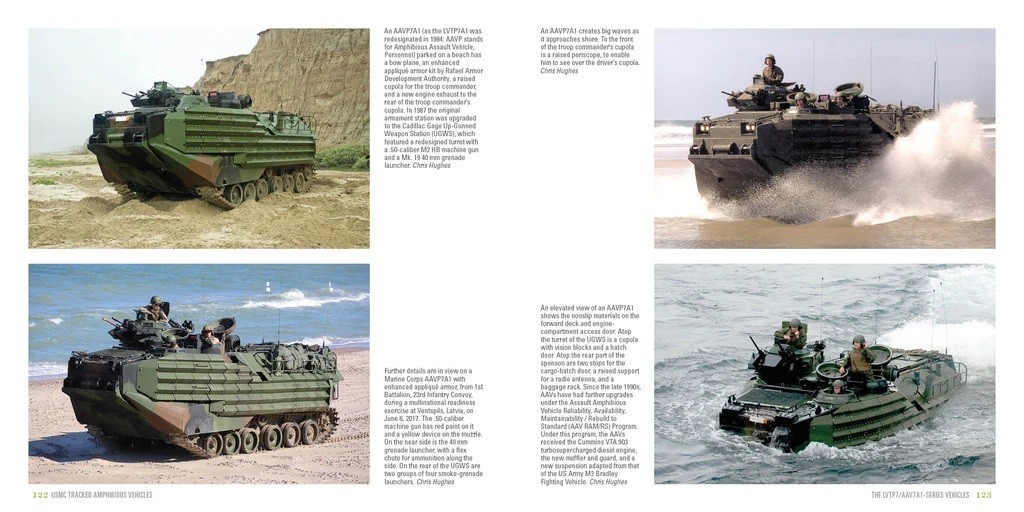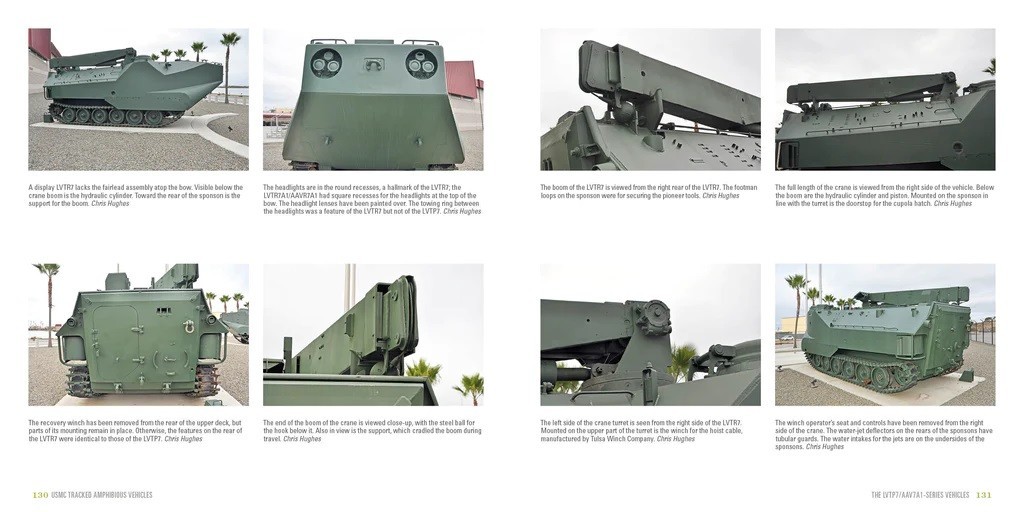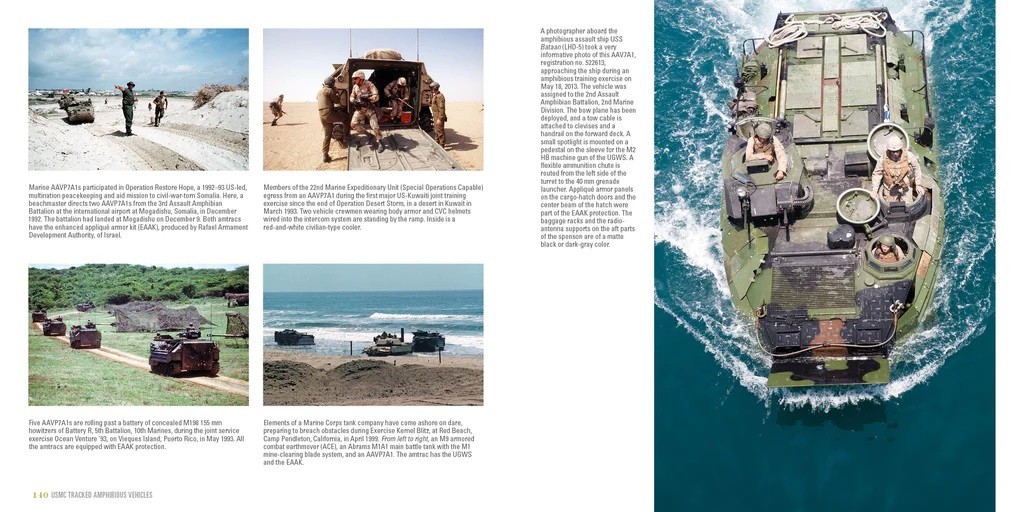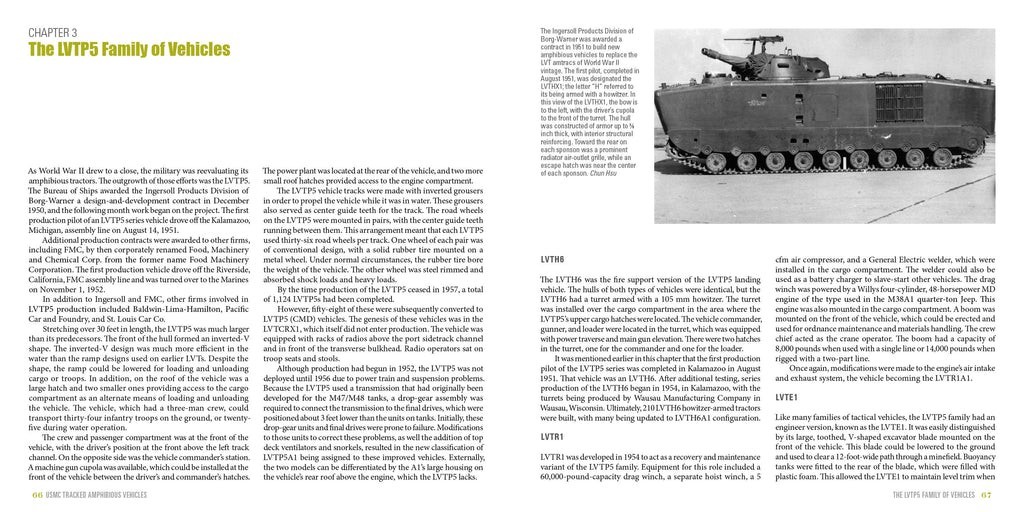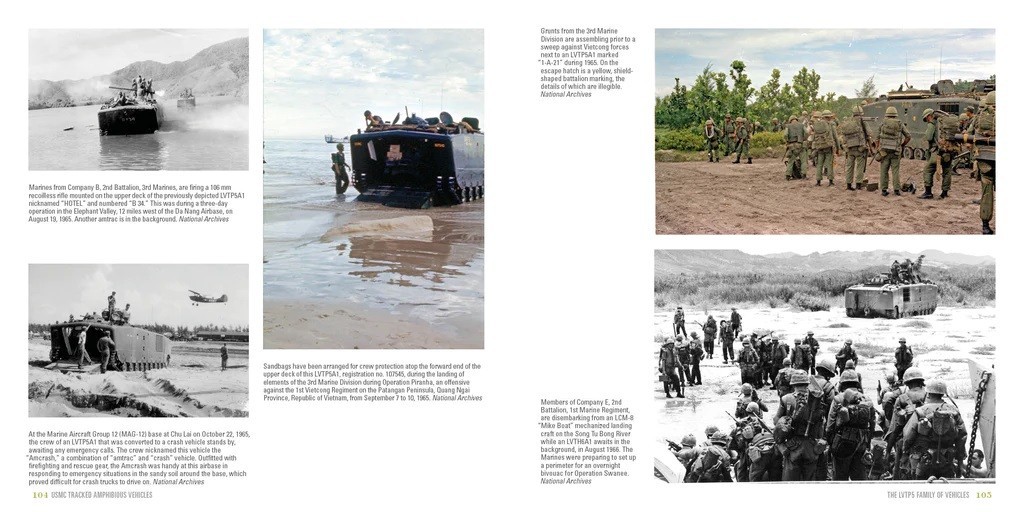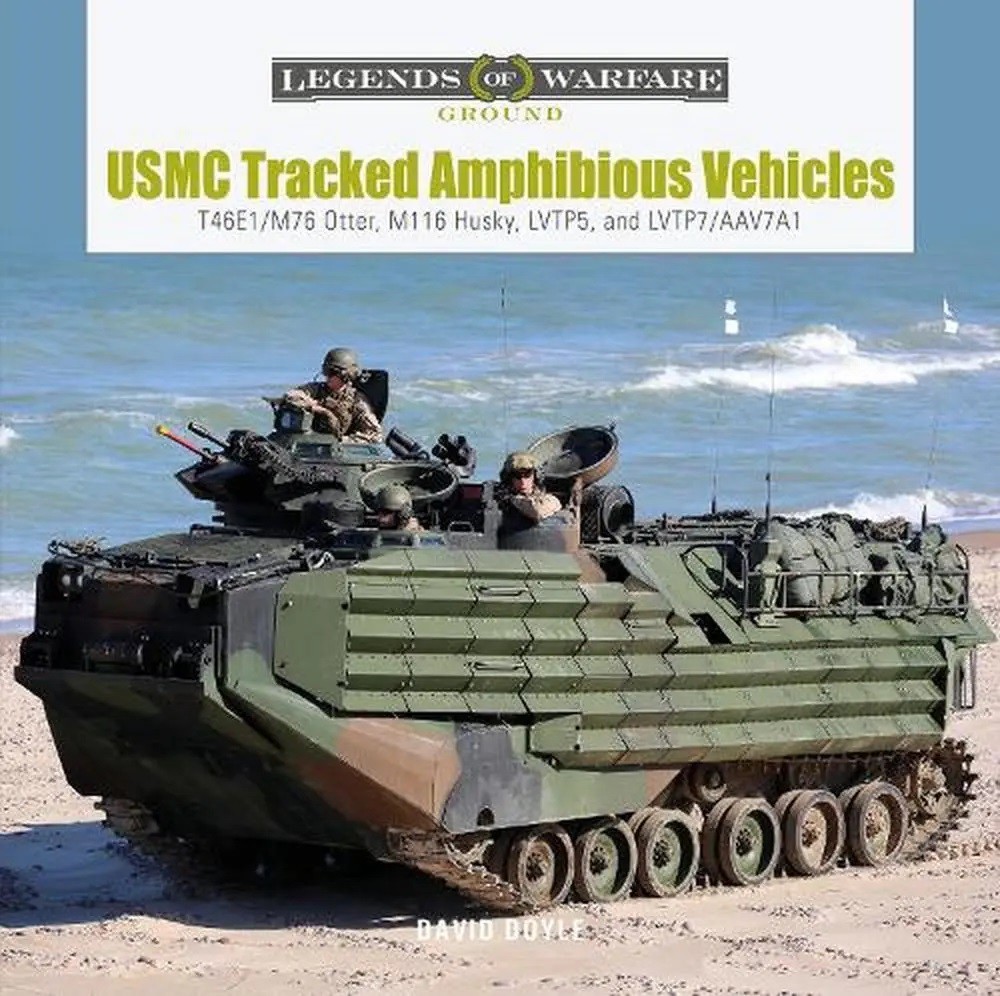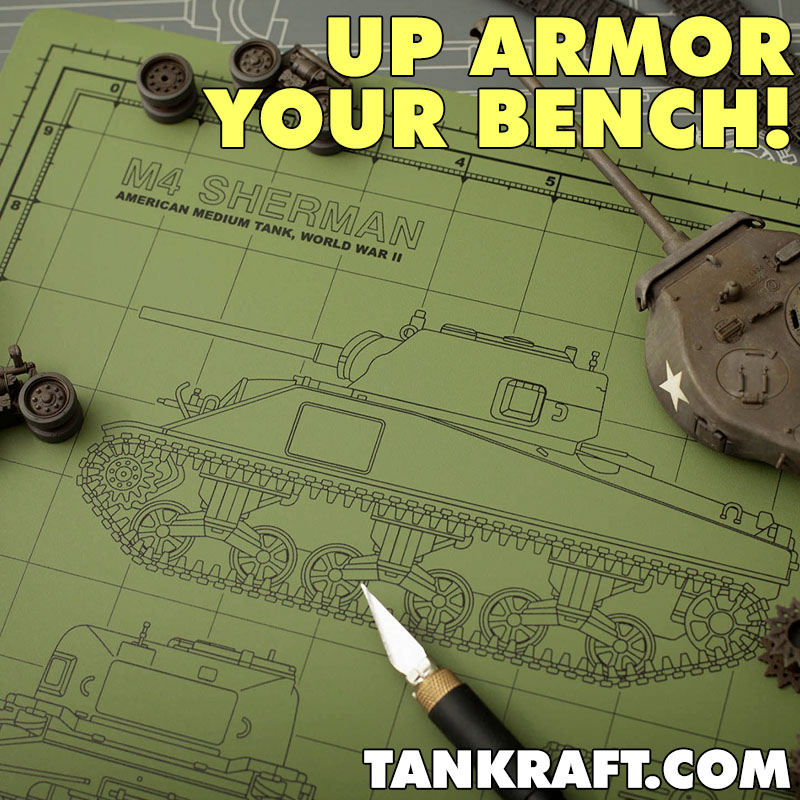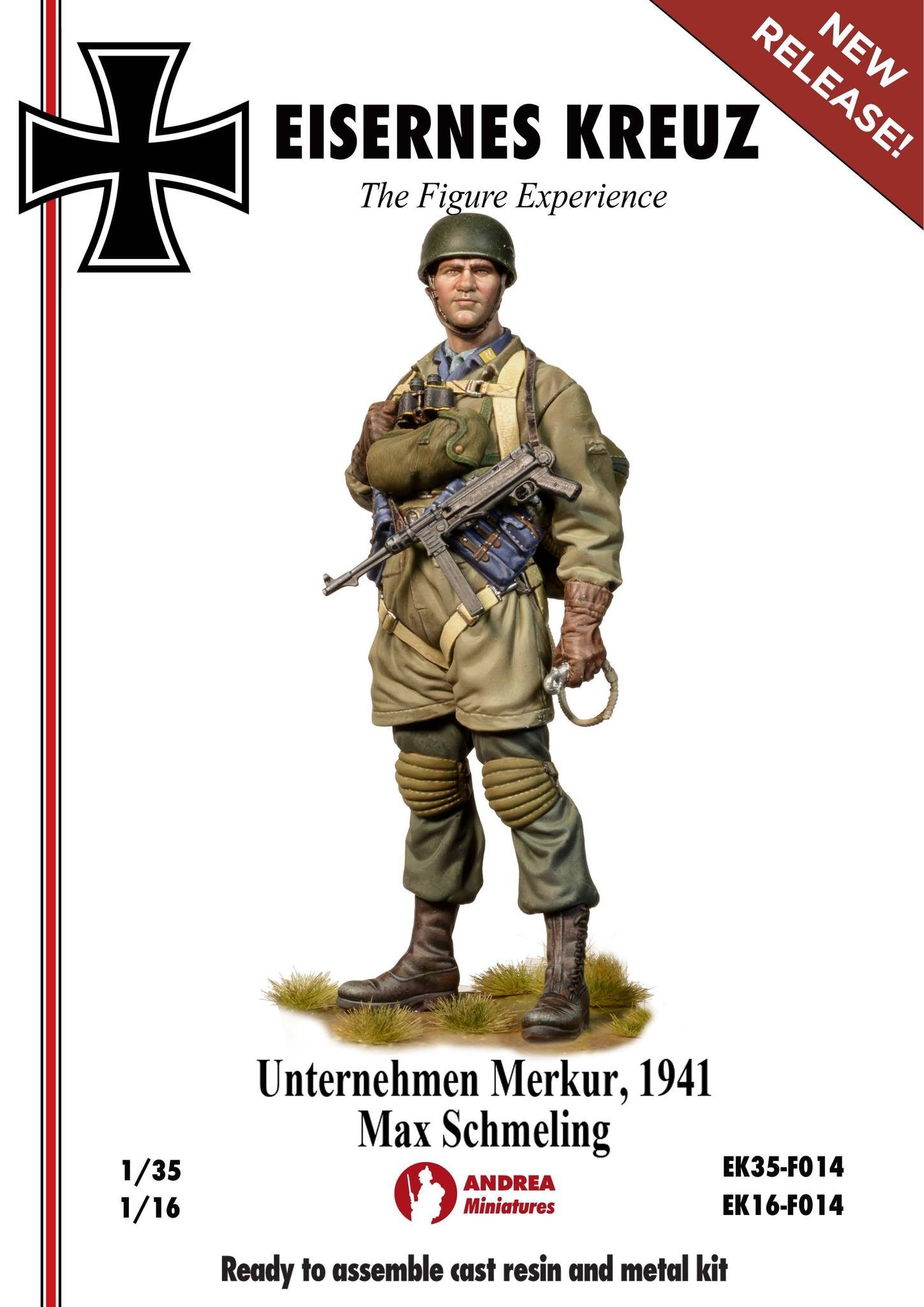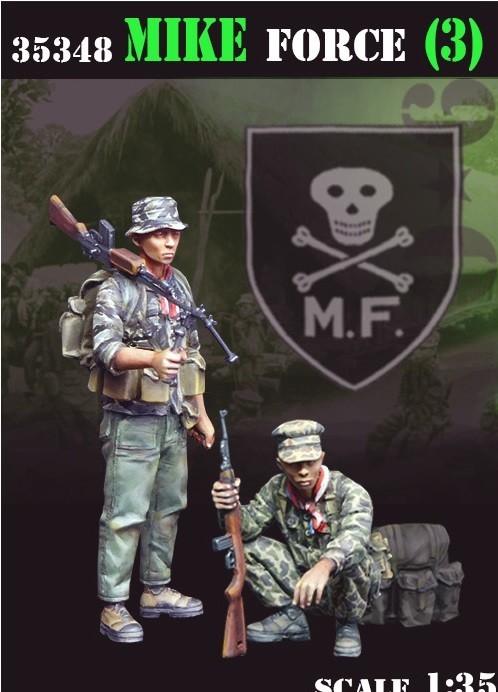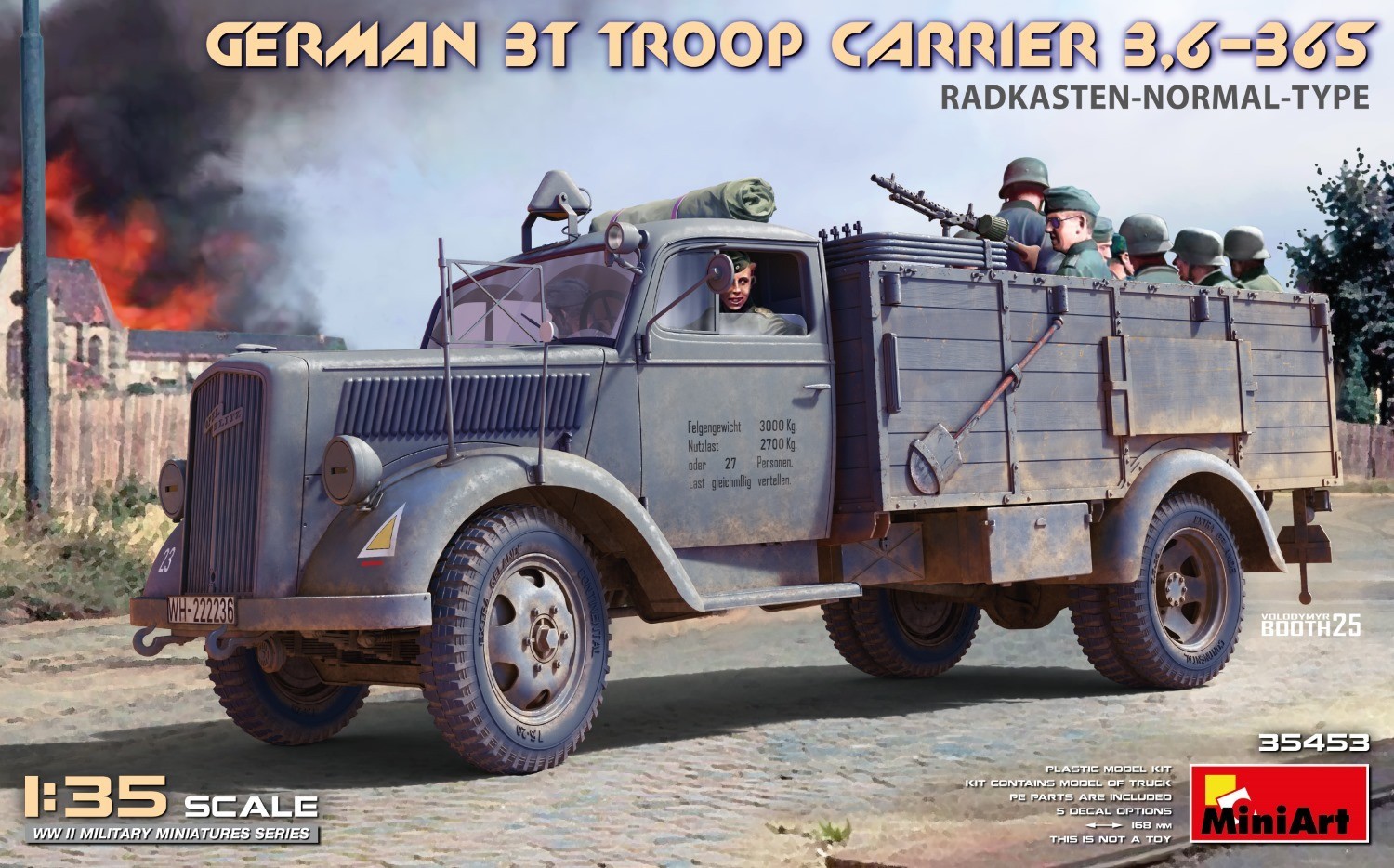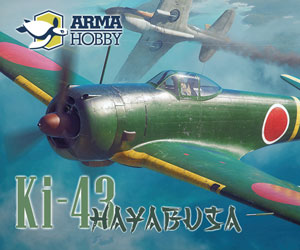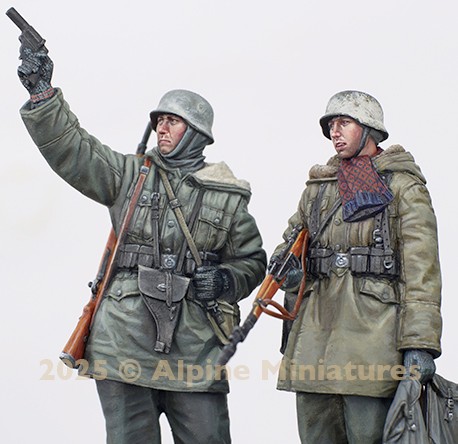Introduction
The United States Marine Corps was created in 1775 to project troops to critical points by deploying them from ships. Ever since, Marines have been getting to shore by a variety of means, and continue doing so today. Of course, seaborne assaults are as old as warfare, but attacking prepared positions from afloat was considered dangerous, especially after failures like Gallipoli during World War One. At the start of the War in the Pacific, however, the US had to adopt a strategy of "island hopping" that required landing forces on hostile shores. The Marines led the way in developing means to get their troops ashore, and ever since, the Marines have been synonymous with amphibious landings.
In World War Two, most of those most troops came ashore in landing craft such as the famous Higgins Boat; but the Marines quickly saw a need for amphibious vehicles that were well-enough armored to protect soldiers until they were safely ashore, and in many cases, beyond. Amphibious tractors ("amtracs") were developed to carry infantry, supplies and light vehicles, while others were transformed into fire support platforms with the addition of small artillery pieces. By the end of WW2, the Marines realized they would be doing this sort of thing on a regular basis, and began developing a line of amphibious vehicles that stretched over the next half-century and into today.
Military historian David Doyle and Schiffer Publications have together released a one-volume reference about those vehicles entitled USMC Tracked Amphibious Vehicles: T46E1/M76 Otter, M116 Husky, LVTP5 and LVTP7/AAV7A1 as part of Schiffer's Legends of Warfare: Ground series. Beginning with the lowly Otter, and moving right up through Vietnam (LVTP5) and into the Iraqi Campaigns (LVTP7/AAV7A1), the book covers the major platforms used to bring Marines from ship to shore and beyond.
Contents
The 144-page hardbound book is gorgeously-printed with scores of sharp, clear B&W and color photos. The material is divided into four chapters:
- The T46E1/M76 Otter
- The M116/XM733 Husky
- The LVTP5 Family of Vehicles
- The LVTP7/AAV7A1-Series Vehicles
The Review
Amphibious AFVs remain popular with modelers, with even the relatively obscure Otter now kitted by Vietnam's Hobby Link in a recently released 3D-printed resin version. Gecko Models also plans a styrene Otter. AFV Club's LVTP5 kits continue to soldier on, and the Hobby Boss series of LVTP7 and AAV7 kits are excellent. So the need for a book like this is obvious, and having a "one-stop shopping" reference work should make this volume a winner.
Doyle brings his usual academic thoroughness to the job, with a profusion of photos showing the development of each vehicle. Both the Otter and the M116 Husky were designed to carry materiel more than men into the squishy, moist places Marines tend to find themselves. And even though both had armed versions, neither vehicle proved adequate. This perhaps explains why until recently, there was no 1/35th Otter and only a rare Hobby Fan resin M116. Still, the book offers a combination of archival photos of the prototypes, action shots in the field, and modern museum versions for super-detailers.
The Marines finally hit their amphibious stride with the introduction of the LVTP5 in 1951. While numbered sequentially with the WW2 LVTs, the Five was considerably larger, able to hold 34 soldiers on land and 25 during amphibious action. But the first combat experience with the vehicle in Vietnam in 1965 was less-than-satisfactory, given its bottom-mounted fuel tanks. This explains why Marines are usually seen riding "topside" on patrol in Vietnam. The book features superb photos of the vehicle's interior and exterior, several interesting variants, and color and B&W images from the field.
Even before the Marines' time in Vietnam was over, the Corps was seeking a replacement for the LVTP5; out of this search came the LVTP7/AAV7A1 series. This vehicle seems to have met the needs of a Marine Corps that now fights as much far inland as on the beach. The new vehicle has undergone a Service Life Extension Program (SLEP), and became one of the iconic APCs of the Iraq conflicts.
The book beautifully details the interior and exterior of the vehicle, offers an extensive "walkaround," and provides enough action shots to inspire any modelers.
Conclusion
The volume is a must-have for modelers of USMC vehicles, especially the a one-volume reference work for all of these vehicles is overdue and much appreciated. And David Doyle does not disappoint, providing his usual excellent research and a treasure trove of sharp, detailed photographs. Highly-recommended.
Thanks to David Doyle and Schiffer Publications for providing this review copy. Please be sure to mention you saw it reviewed on Armorama when ordering your own copy.
